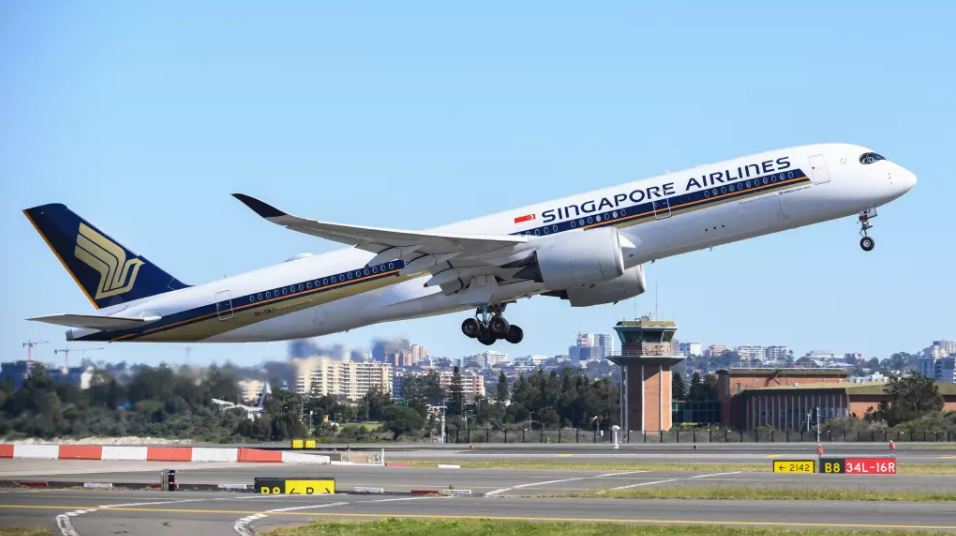Asian airline recovery: slow vaccines rollout, new waves and....
Asian airlines are suffering deeply as international doors remain closed. What's more, borders are unlikely to open at any scale until well into 2022.
The slow and uneven pace of vaccine rollout in the region will play a very significant part in delays - probably magnified by the apparent disparities in recognition of vaccines, for example in the EU's Green Pass conditions, and in China's insistence on use of Sinovac.
Also, hopes of even a series of bilateral bubbles appears a fragile hope, illustrated by the regular postponement of the Singapore-Hong Kong arrangement and the constant readjustment of the Australia-New Zealand bubble. The resurgence of the coronavirus in many markets across the region only serves to diminish those aspirations.
But there is one other major factor that is much less visible and considerably harder to measure.
It is the underlying health-based strategic approach and almost region-wide governmental levels of risk tolerance that will lock in a slow recovery. This is in stark contrast to the approach followed for example by the US, and promises a patchwork of renewal in what is the world's fastest growing economic region.
In practical terms it also means that international airlines in the region will go to the wall unless government support is forthcoming. But merely propping up airlines that have been unprofitable for years is not a strategy; it is time to look at what the market needs in future, and to devise ways of ensuring national markets emerge with aviation systems that truly benefit their best national interests.
TO READ ON, VISIT: Asian airline recovery: slow vaccines rollout, new waves and....

European airline capacity: first time back over 50% of 2019
Seat capacity in Europe is back above 50% of pre-pandemic levels for the first time since Mar-2020. In the week commencing 28-Jun-2021, the continent's capacity is 46.4% below the equivalent week of 2019.
Moreover, Europe is no longer at the bottom of the league table on this measure, having jumped above the Middle East, where seat capacity is down by 48.5% versus 2019. Asia Pacific is down by 40.0%, Africa by 39.2%, Latin America by 34.0%, and North America by 21.5%.
So far in 2021, Europe has progressed from 27% of 2019 capacity in 1Q2021 to 34% in 2Q2021. The next quarter, 3Q2021, starts with seat numbers at 54% of 2019 for the current week. The improvement from 1Q2021 has been led by international markets, which are more important to Europe than in other regions.
Further recovery will also depend on international capacity much more than on domestic.
With progress towards relaxing international travel restrictions still patchy, the average of 72% of 2019 capacity currently scheduled for 3Q2021 looks optimistic.
TO READ ON, VISIT: European airline capacity: first time back over 50% of 2019

BOOM! Commercial supersonic airliners: will they succeed this time?
United has announced plans to buy 15 of Boom's Overture supersonic jets - but the deal is subject to the very strenuous condition: "once Overture meets United's demanding safety, operating and sustainability requirements".
When Concorde retired in 2003 it looked as if that was the end of supersonic air travel, which had only ever been for a very select group of people with Platinum corporate charge cards or very deep pockets.
The air transport business slipped into a period of technological regression as aircraft speeds actually declined, a period in which the only bright spot was the improvement in noise and gaseous emissions (along with some glimmers of profitability).
Suddenly, supersonic is back in the spotlight again, with a number of manufacturers hoping to bring into service - by way of a small bunch of enthusiastic airlines - aircraft that are not too dissimilar from Concorde. Indeed, unnervingly so, because Concorde never really paid its way and was the victim of extraneous factors even more so than the rest of the industry.
This report includes a look at the history of Concorde, where it went right and (mainly) wrong, and at how the world in which the proposed new versions will operate has changed dramatically over the last 20 years. This will influence how the new supersonic services would be received by the public, where they would operate, and the likelihood of them being a success this time around.
TO READ ON, VISIT: BOOM! Commercial supersonic airliners: will they succeed this time?
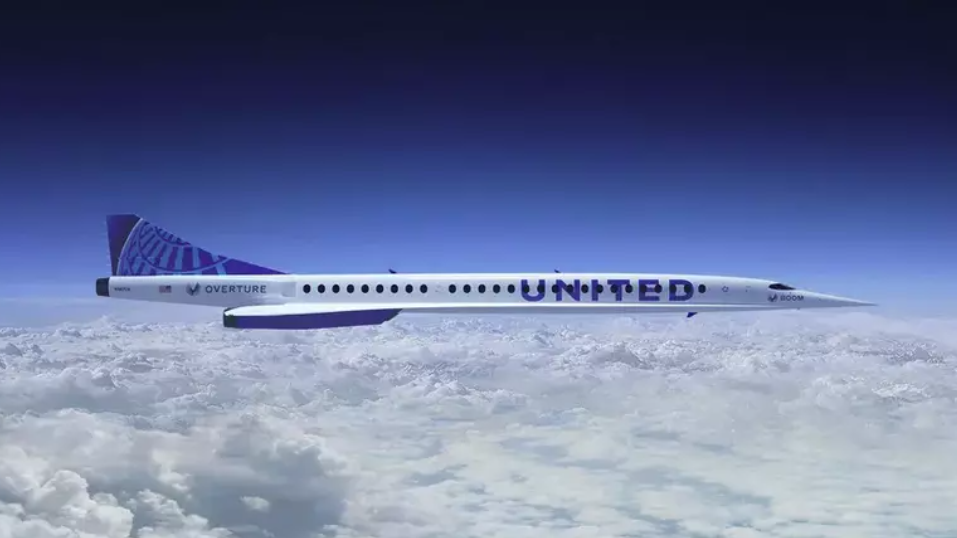
Jet Airways boosts revival prospects in turbulent Indian market
While India's Jet Airways still has many steps to complete before relaunching, its chances of emerging after a two-year hiatus have increased considerably after gaining a key court approval for its revival plan. It will be a very different airline in its second iteration, and it will also confront a vastly changed Indian airline market.
The favourable decision by the National Company Law Tribunal (NCLT) is undoubtedly a major milestone for Jet Airways and its new owners. Although the court ruling did not deliver all that the airline's backers had hoped for regarding airport slot claims, it was still enough for them to confirm that they will proceed with the relaunch. But first they have other significant hurdles to overcome, and agreements to negotiate, to meet operational requirements.
If Jet succeeds in resuming flights, its market re-entry will be one of the potentially significant developments that could shake up India's airline market. Consolidation, ownership reshuffles, and market share expansion by some players are all on the cards for the post-pandemic industry landscape.
TO READ ON, VISIT: Jet Airways boosts revival prospects in turbulent Indian market
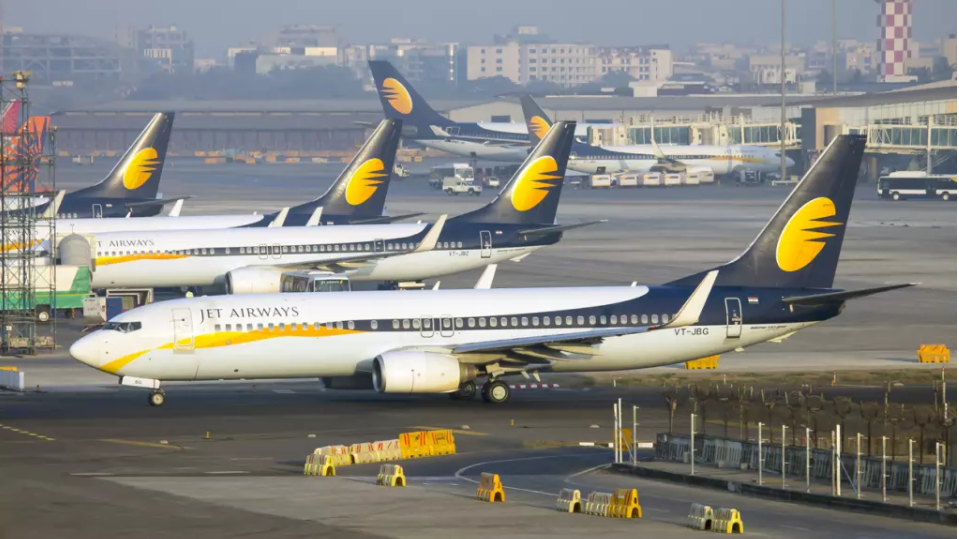
Colombia: Viva, other airlines, position for fierce competition
After battling a third wave of COVD-19, Colombia is showing signs of a rebound as cases begin to stabilise and a busier travel season is approaching.
Before the latest wave, Colombia's recovery was on par with other markets that were rebounding faster, including Mexico and Brazil, the latter of which was also dragged down by a second wave of COVID-19 spread.
Over the long term, competition in Colombia will intensify as incumbent airlines work to position themselves favourably, and potential new entrants emerge.
TO READ ON, VISIT: Colombia: Viva, other airlines, position for fierce competition
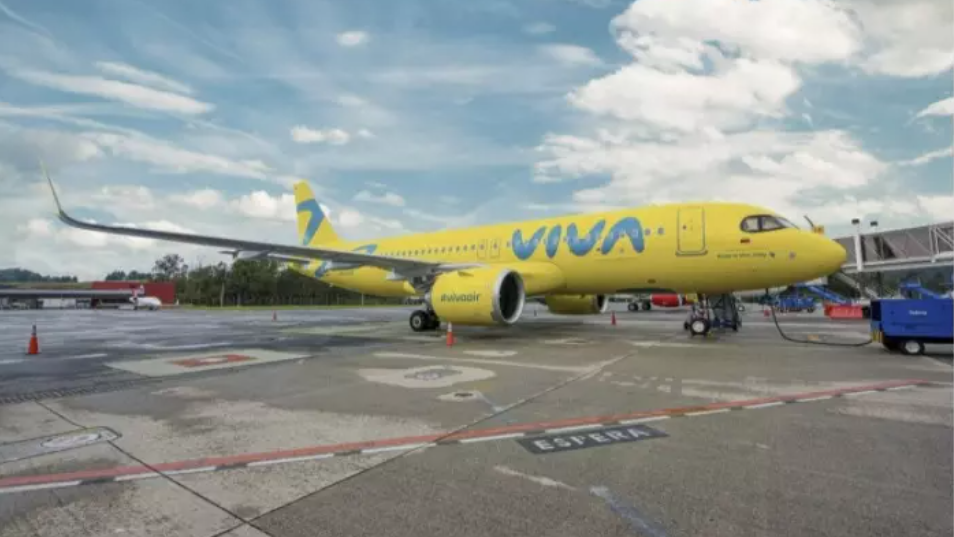
36 start-up airlines line up for take-off. Part 1: Europe
While most of the airline industry is working out how to survive the next two years, burdened by massive debt and confronting an uncertain world still deeply challenged by COVID, would-be airlines are queuing up to enter one of the least profitable industries in commercial history. After 42 startups in the last 18 months, there are at least 36 still to come. Why?
Perhaps startup conditions are more fertile than ever before. The barriers to market entry have always been relatively low; today, much more so. Survival conditions might be another matter though.
According to CAPA's databases, 42 start-up airlines launched operations between Jan-2020 and 12-Jun-2021. At least 36 more are actively planning to launch within a timeframe of 12 to 24 months, of which 13 are based in Europe, eight in Latin America, eight in Asia Pacific, four in Africa, and three in North America.
This is Part 1 of the three part CAPA report looking at these 36 start-up airlines, in Africa and North America.
TO READ ON, VISIT:36 start-up airlines line up for take-off. Part 2: Europe
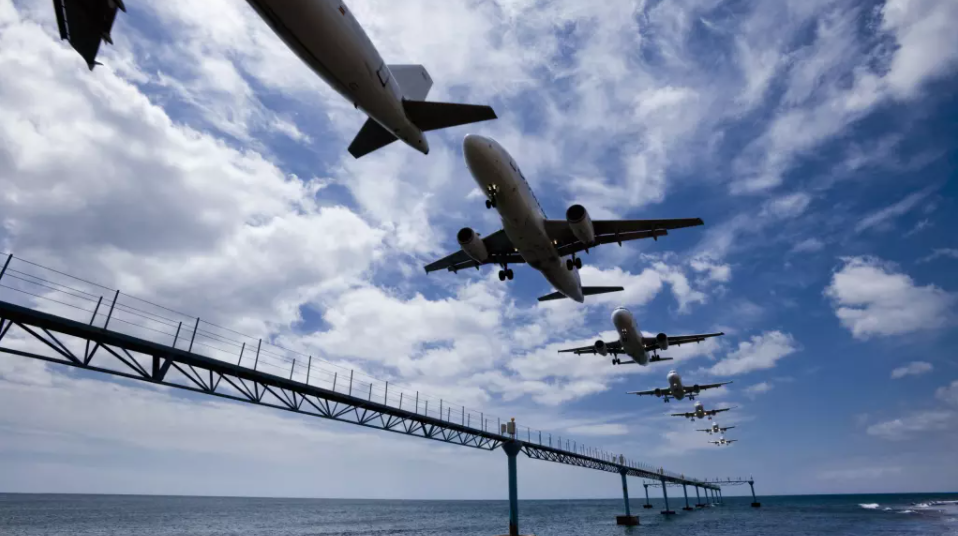
36 start-up airlines line up for take-off. Part 2: Latin America, Asia Pacific
While most of the airline industry is working out how to survive the next two years, burdened by massive debt and confronting an uncertain world still deeply challenged by COVID, would-be airlines are queuing up to enter one of the least profitable industries in commercial history. After 42 startups in the last 18 months, there are at least 36 still to come. Why?
Perhaps startup conditions are more fertile than ever before. The barriers to market entry have always been relatively low; today, much more so. Survival conditions might be another matter though.
According to CAPA's databases, 42 start-up airlines launched operations between Jan-2020 and 12-Jun-2021. At least 36 more are actively planning to launch within a timeframe of 12 to 24 months, of which 13 are based in Europe, eight in Latin America, eight in Asia Pacific, four in Africa, and three in North America.
This is Part 2 of the three part CAPA report looking at these 36 start-up airlines, in Africa and North America.
TO READ ON, VISIT:36 start-up airlines line up for take-off. Part 2: Latin America, Asia Pacific

36 start-up airlines line up for take-off. Part 3: Africa, North America
While most of the airline industry is working out how to survive the next two years, burdened by massive debt and confronting an uncertain world still deeply challenged by COVID, would-be airlines are queuing up to enter one of the least profitable industries in commercial history. After 42 startups in the last 18 months, there are at least 36 still to come. Why?
Perhaps startup conditions are more fertile than ever before. The barriers to market entry have always been relatively low; today, much more so. Survival conditions might be another matter though.
According to CAPA's databases, 42 start-up airlines launched operations between Jan-2020 and 12-Jun-2021. At least 36 more are actively planning to launch within a timeframe of 12 to 24 months, of which 13 are based in Europe, eight in Latin America, eight in Asia Pacific, four in Africa, and three in North America.
This is Part 3 of the three part CAPA report looking at these 36 start-up airlines, in Africa and North America.
TO READ ON, VISIT:36 start-up airlines line up for take-off. Part 3: Africa, North America

CAPA Live: Alaska Airlines CEO Ben Minicucci - 50% of business travel to return
Talking at the CAPA Live on 9-Jun-2021, Alaska Air Group CEO Ben Minicucci spoke with Aviation Week Network group editor in chief Karen Walker. Some of the key quotes included: "We're seeing leisure demand come back to 100%, and in some cases over 100%"; "Vaccinations have proven to be the catalyst"; "We're going to take an approach that we're going to see about 50% of (business travel) coming back"; "I think the partnerships they have to be done, right. I think customers who fly them do need to have a seamless experience"; "Alaska is in a unique position, I think...we have not taken on any more debt levels, which puts us in a strong financial position"; and "Alaska set a net zero goal by 2040...it's an audacious goal".
TO READ ON, VISIT: CAPA Live: Alaska Airlines CEO Ben Minicucci - 50% of business travel to return

CAPA Live June: Viva CEO Felix Antelo - 'faithful to the A320neo'
Talking at the CAPA Live, Viva CEO Felix Antelo spoke with CAPA's Senior Analyst (the Americas), Lori Ranson. Some of the key highlights included: "Viva Air is rebranding, to Viva"; "to change the livery for a plane you need to give it to either Airbus or Boeing more than one year in advance, believe it or not"; "The brand Viva Air wasn't easy to pronounce for Spanish speaking people necessarily"; "One thing the pandemic taught us was how fast demand can recover or can stall"; "we have vaccinated so far 11 million people here in Colombia"; "We have an obsession here in Viva regarding cost"; "We have analysed the A321, but for now we will keep faithful to the A320neo"
TO READ ON, VISIT: CAPA Live June: Viva CEO Felix Antelo - 'faithful to the A320neo'

TAV airports in North Macedonia: seeking government investment
The normal format of an airport concession deal requires the concessionaire to invest in and improve the infrastructure, in return for collecting revenues.
It appears that a deal has been struck in North Macedonia in southeast Europe by which the government will be doing the investment in the immediate future, even though the concessionaire has provided some infrastructure already and was planning more. It seems this is a quid pro quo for the cancellation of a new cargo airport project that the concessionaire might not have been keen on anyway.
With many airport operators in dire straits, this sort of agreement could be replicated elsewhere.
As for North Macedonia, the government seems to have realised that tourism will be a key element in the country's fight back from the pandemic, and that if it is necessary for it to play its part by putting its hand in its pocket, then that is what it must do.
TO READ ON, VISIT: TAV airports in North Macedonia: seeking government investment

SPECIAL REPORTS: Aviation Sustainability and the Environment
This regular weekly CAPA report features a summary of recent aviation sustainability and environment news, selected from the 300+ news alerts published daily by CAPA. This week's issue includes: Singapore Airlines Group launches voluntary carbon offset programme; IAG Cargo partners with Kuehne+Nagel and Neste to launch first net zero carbon charter chain; Rolls-Royce and Shell sign long term agreement to support decarbonisation in aviation; AGS Airports commits to net zero emissions by mid 2030s; US FAA and European Commission commit to increase aviation safety, sustainability.
TO READ ON, VISIT: SPECIAL REPORTS: Aviation Sustainability and the Environment
